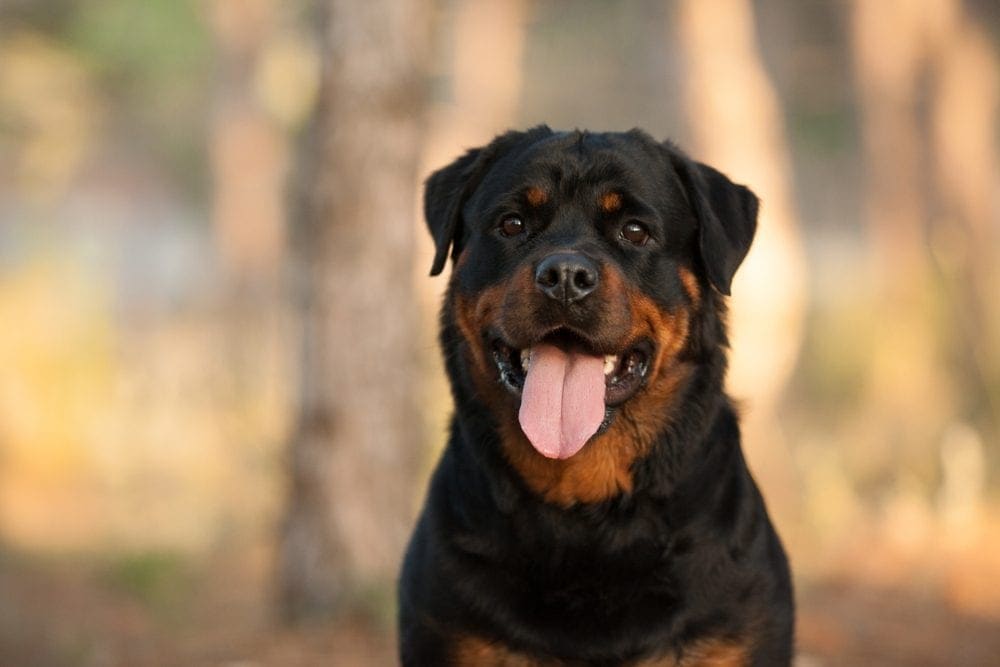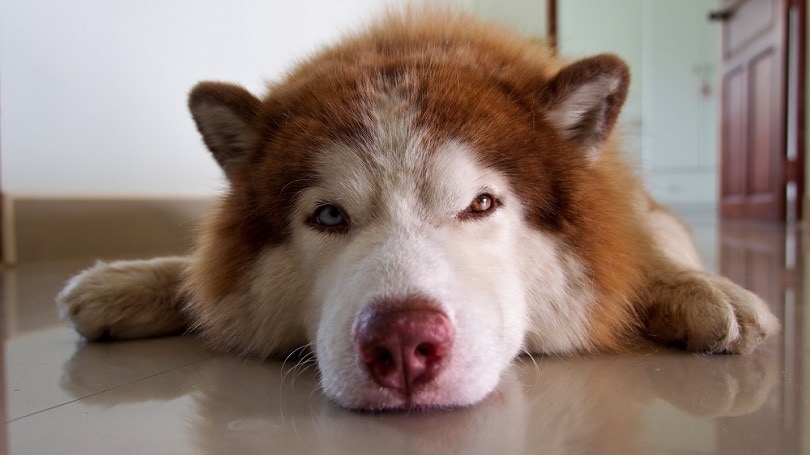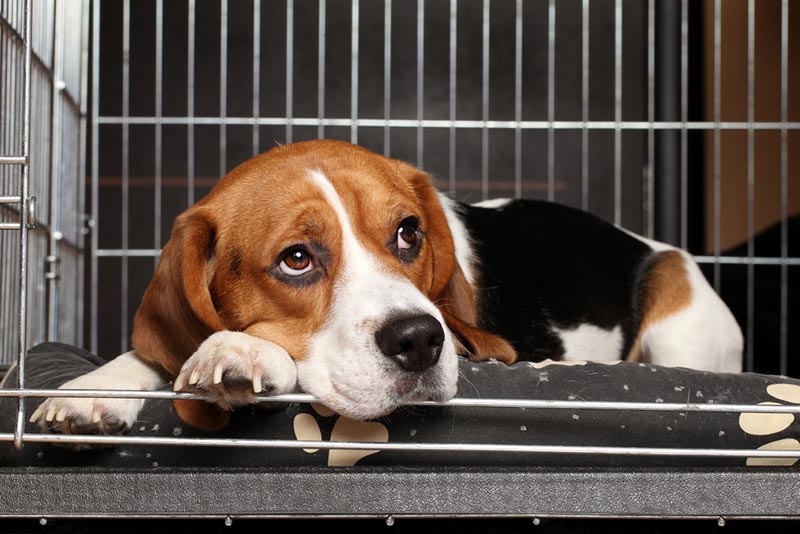Breeding Father to Daughter Dogs: Vet-Reviewed Risk, Ethics & Mortality Rates

Updated on
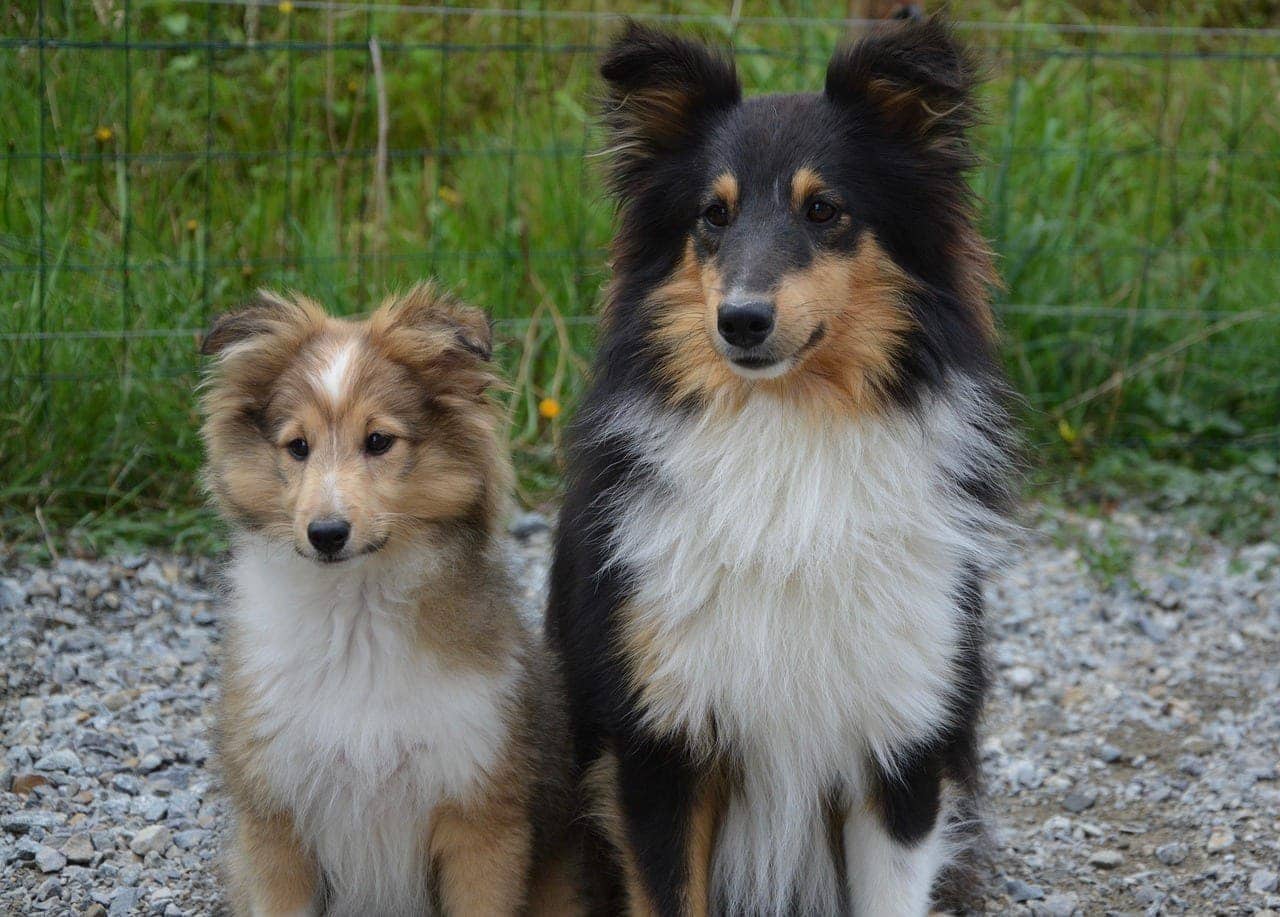
Thanks to selective breeding, there is the diversity of 200 AKC-recognized dog breeds that we see today. It has also fueled the rise of so-called designer dogs that exhibit certain popular traits. It then begs the question of whether breeding related dogs, such as father and daughter, is a wise thing to do, or does it tread on some dubious moral and ethical grounds?
The Case for Selective Breeding
Many dog breeds today are the result of selectively mating two different animals with the aim to produce an even better offspring. However, it doesn’t always work out like that.
Think of the different sizes of Poodles, going from miniature to standard. Observation would explain how it happens without knowing anything about DNA or genetics.
Austrian biologist Gregor Mendel figured it out in the mid-1860s with his three Principles of Inheritance. His work determined three general rules that can help answer this question of whether to breed father and daughter dogs. They include:
- Law of Independent Assortment: Organisms inherit alleles or variants of each gene independently of one another.
- Law of Segregation: Each gene has two versions or alleles, and the offspring will only get one of each.
- Law of Dominance: One variant of a particular gene is the dominant of the two.
Today, we know that some of these principles do not fully apply and that there are exceptions. The principle of independent assortment doesn’t apply if the genes are close together or linked on a chromosome. Law of dominance may not apply to some of the alleles, particularly if they are codominant or have differences in expressivity.
Since Mendel, a lot of research has been made in the area of genetics and inheritance, and it remains a very complex area of science. Today, there are a lot of known hereditary and genetic predispositions for many conditions that affect dogs, and more studies are required in order to fully understand the complexity of inheritance to identify particular genes and sites on the genes that are responsible for certain traits.
Offspring get one copy of alleles from each parent. It used to be before Mendel’s experiments that people thought the result was a blend of the two. For example, mating a white male dog with a brown female pup would give tan puppies. That isn’t necessarily true, and presently, we know a lot more about inheritance and genetic makeup. However, there are some significant and serious detrimental consequences of breeding closely related dogs.
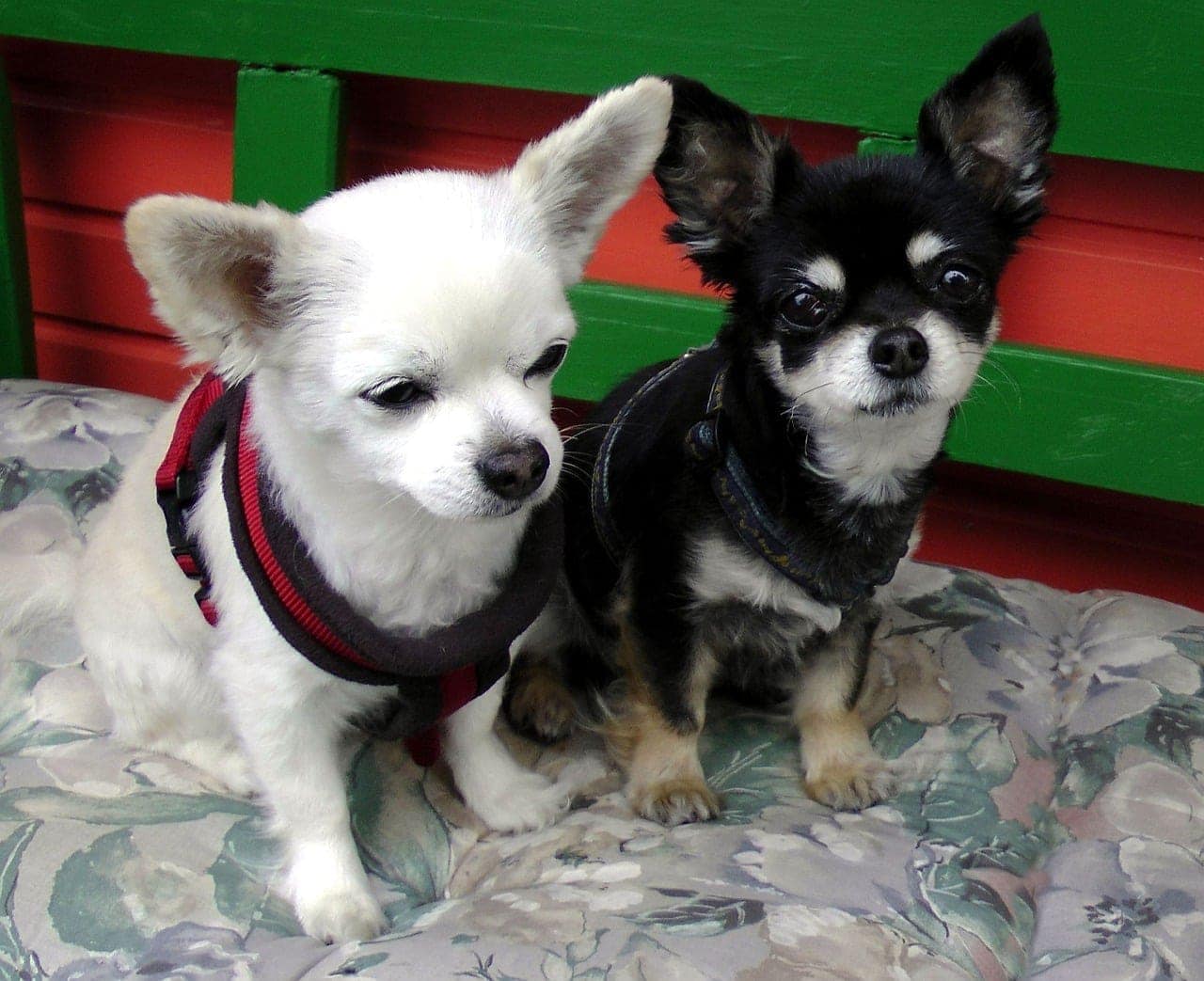
Health Risks of Inbreeding Dogs
Not all traits are desirable in people or dogs. There is a genetic component with many canine health conditions, and some may also be hereditary. They include disorders, such as hip dysplasia in large breeds, risk of heart disease in Boxers, and deafness in Dalmatians. The incidence of these undesirable characteristics can be related to more than one gene, gene mutations, and specific locations on a certain chromosome, which may be closely connected to genes for other traits, such as the link between deafness and coat color, or may still remain unknown. Inheritance and genetic components that lead to various health conditions or increase an animal’s predisposition can be quite complex and dependent on many factors.
For example, let’s say you want to breed a dog that has a black coat versus one that has brown. The first one is the dominant version with the ‘A’ allele, and the second is recessive with the other one, ‘a.’ If you breed two dogs in which the puppies inherit two A alleles, they all will have a black coat. Likewise, pups with A-a match will also have that trait.
If the dogs get the a-a version, they will have the brown coat color. Since that trait is recessive, there must be two copies of the ‘a’ allele so that the puppies have this characteristic. A dominant trait only needs one. That can have significant consequences for other genes, but the alleles can also be somewhere in between recessive and dominant. Genetics is a very complex area, and sometimes things are not as straightforward as they may seem due to the influence of other often hidden factors.
Health and Gene Dominance
The problem with breeding father and daughter dogs is that inbreeding can significantly increase the risk of unwanted recessive traits and harmful mutations from occurring and being passed along across generations, especially as the father and daughter already share a lot of the genetic makeup. That means things like the hip dysplasia and deafness happen that we referred to earlier, although many of the complex genetic conditions are influenced by more than one gene and referred to as polygenic. That’s one reason why reputable breeders participate in the Canine Health Information Center Program (CHIC) of the Orthopedic Foundation for Animals (OFA).
The organization maintains a database of health conditions for which certain breeds are prone. Breeders provide specific screening results based on the OFA’s recommendations. They also include DNA tests based on a particular breed’s health risk. It’s the proverbial win-win for all individuals involved with the program.
Breeders learn which animals they should not mate. Buyers can look up the test results of the parent dogs for a better assessment of their health risks. The OFA brings all this information together in one platform that makes these data easier to access and search.
From a health perspective, father-to-daughter dog breeding is unacceptable.
Ethical Concerns of Father Daughter Breeding
The same issues raised with canine health also overlap with the ethics of dog breeding. Knowingly allowing this match to occur is reprehensible on many scores. It risks the lives of the dogs and the reputation of dog breeders everywhere when individuals engage in unprofessional and inhumane practices.
From an ethical perspective, father-to-daughter dog breeding is unconscionable.

Long-Term Mortality and Viability
Congenital issues like skeletal deformities or system disorders can have profound impacts on the quality of life and longevity of dogs. They also present financial concerns over the affordability of treatments. They often put pet owners in the inevitable position of making euthanasia decisions. All of these points make a solid case against breeding father and daughter dogs, or other dogs that share a common ancestor.
However, it goes beyond the immediate effects of undesirable inherited traits. It can also affect the long-term viability of a breed. Organisms exist because they can respond genetically to changes in their environment.
A classic example is the color change of the gypsy moth in response to coal burning. Mutations in which the insect went from white to peppered to black saved the moth from predation. That happens on a smaller scale with dog breeding, too.
A study published in the journal Genetics found that inbreeding dogs over six generations reduced the genetic variability of the canines by losing over 90% of unique genetic variants in seven out of 10 breeds. That means the offspring of these dog breeds have lost their genetic diversity, increasing the risk for many genetic and hereditary conditions. This will negatively impact their health and welfare and may reduce their lifespan. They are also more likely to be of poorer fertility and to deliver weaker puppies with low survival rates.
From a viability perspective, father-to-daughter dog breeding severely limits a breed’s ability to respond to environmental pressures.
Final Thoughts About Father-to-Daughter Dog Breeding
People have used selective breeding throughout the ages to encourage desirable traits. However, the essential thing to remember is that its success depends on the genetic diversity and health of the dogs. Inbreeding, including father-daughter breeding, increases the risk for disease and unwanted characteristics that can threaten a breed’s and individual animal’s health, welfare, and even existence. It’s a cruel practice that has no redeeming value in today’s world.
Featured Image Credit: JACLOU-DL, Pixabay



